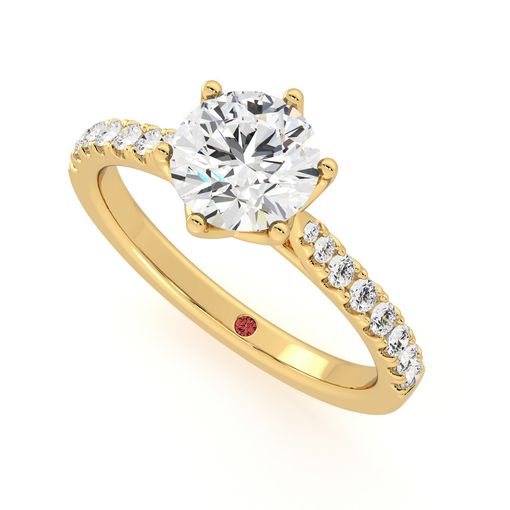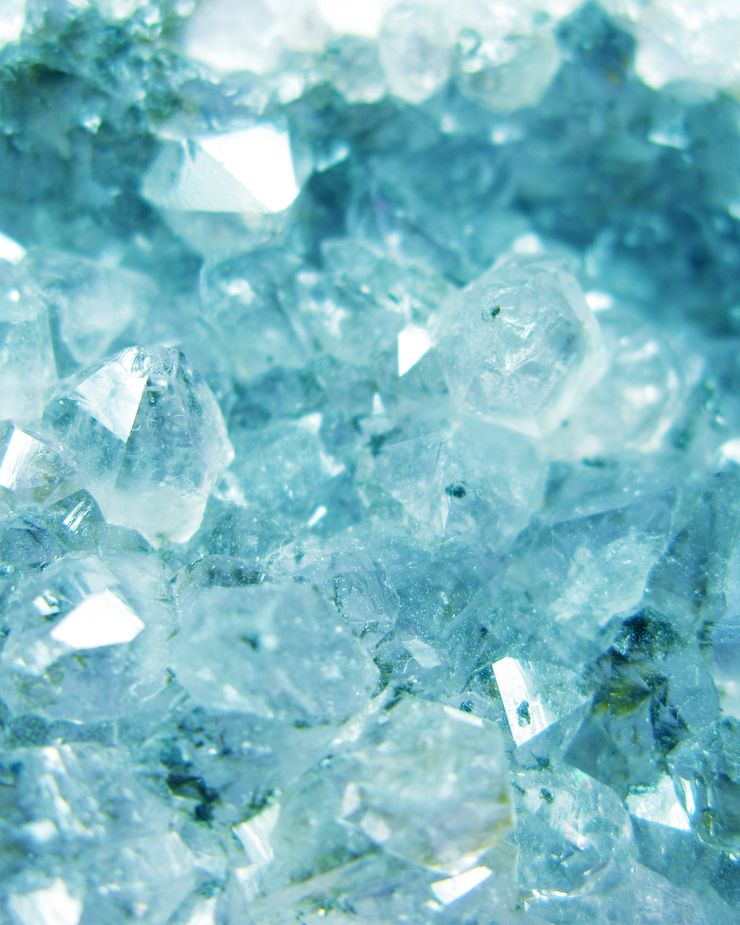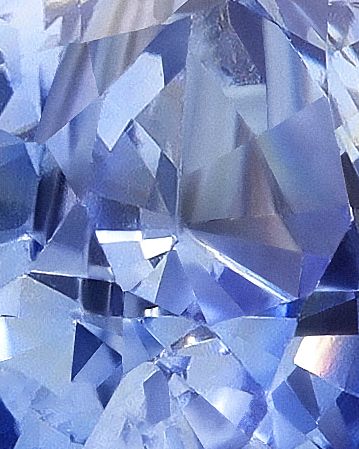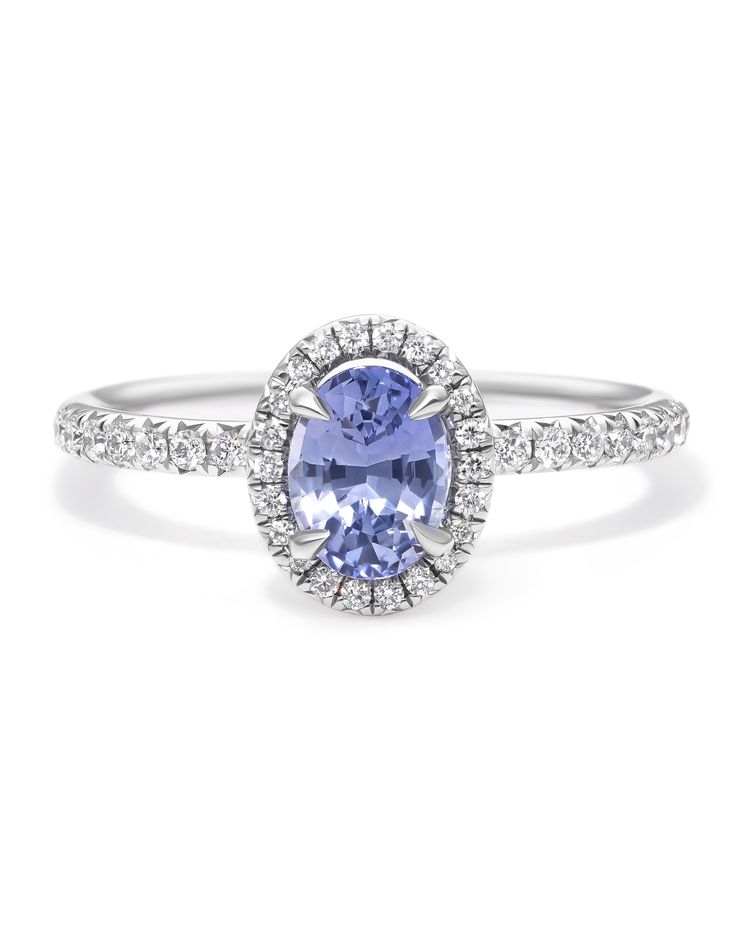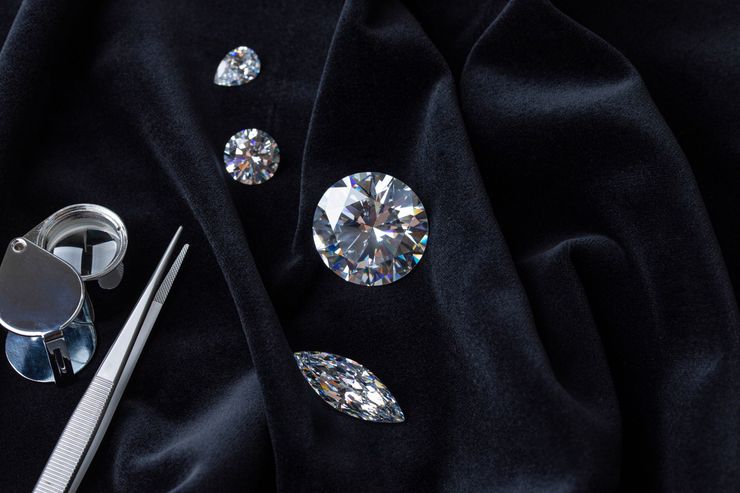What does an aquamarine symbolise?
Aquamarine, with its name derived from the Latin words “aqua” (water) and “mare” (sea), embodies the essence of the ocean. It’s often associated with calmness, tranquility, and the soothing qualities of water. Symbolically, aquamarine is known to represent purity and a connection to the elements of nature.
What colour is aquamarine?
The colour spectrum spans from serene blues to delicate greenish-blue shades. These variations bring to mind the tranquil waters of the sea that embody aquamarine’s inherent charm.
The range of hues falls primarily into two categories:
Green aquamarine: Some gemstones may boast a subtle greenish tint, reminiscent of the gentle waves of the sea.
Blue aquamarine: The most coveted aquamarines are a serene, clear blue – like the crystal-clear waters of tropical oceans.
